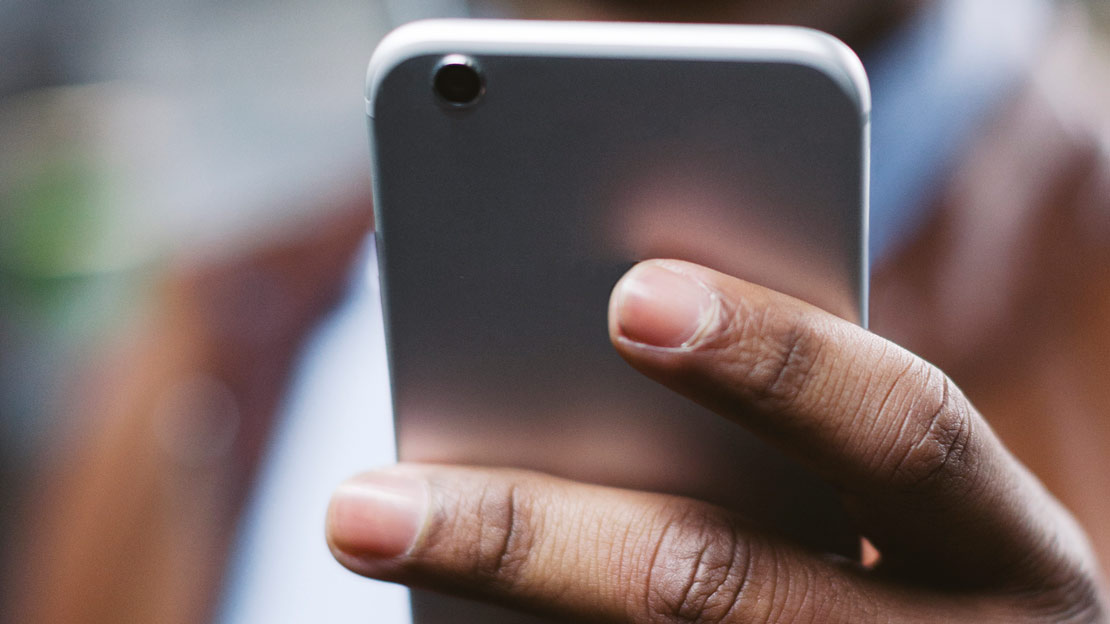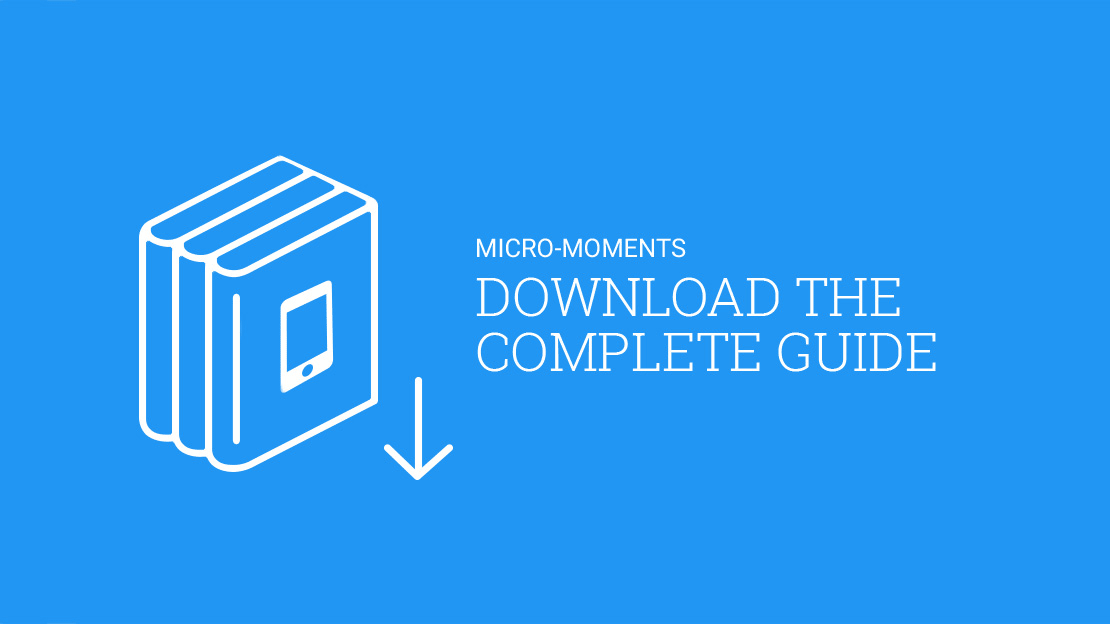People’s search behavior is evolving and their expectations are becoming clear. Google’s VP of Marketing for the Americas Lisa Gevelber gives a glimpse of the consumer taking shape behind the data.
Two years ago, Google introduced the concept of micro-moments. We put a name to a behavior that, thanks to mobile, was becoming pervasive. People had started to expect an immediate answer in the moments they wanted to know, go, do, and buy. The concept of micro-moments was perhaps as truthful, observable, and relatable a consumer behavior trend as any marketer could wish for.
Illuminating this behavior and the associated consumer expectations proved to be really useful for marketers. In many ways, the micro-moments conversation has provided a reset and a roadmap for companies who sought a simple mental model for how to approach the otherwise daunting force that is mobile. It helped marketers think about which moments mattered most, and it created urgency. It also inspired an evaluation of a range of legacy habits and approaches—from how to think about share of voice and how to measure business results, to how to deliver useful experiences.
Now, midway through 2017, it’s clear that the centrality of micro-moments—for consumers and marketers alike—is as important as ever. It’s an entrenched behavior—micro-moments are only multiplying. People can’t remember what it was like to not be able to learn, do, or buy things when the need struck by reaching for the device in their pocket.
New consumer behaviors up the ante
Micro-moments have been accelerating consumer expectations for “right here, right now” experiences. People take for granted that information is at their fingertips and tailored to their specific needs. But the thing about human beings is they never stop wanting that little bit extra. It’s becoming evident that they’ll keep raising the bar, wanting more useful information, more personalization, more immediacy. My team wanted to dig into these evolving expectations and understand how consumer behavior has changed since we first introduced micro-moments. Here’s a glimpse of the consumer taking shape behind the data.
The “well-advised” consumer
Think about the last time you used your phone to find an answer or guide a decision. For some of you, this might have been about something big—like that safe family car you’re hoping to buy, or the Yosemite adventure you’re planning. But for others, it might have been, well, more mundane—like knobs for kitchen cabinets, best home remedies for wasp stings, or the least stinky sock for hiking.
People today want to be empowered to make the right decision, big or small—and they’re turning to their phones for advice to guide them. We can see this in the data. Mobile searches for “best” have grown 80% in the past two years.1 And again, it’s not just for high-consideration items or weighty topics. Because they can, people are turning to their phones for information on just about everything. For example, toothbrush searches have grown more than 80% on mobile and searches for “best toothbrush” have grown more than 100% on mobile in the past two years.2 Before mobile, doing the research might have been more effort than people cared to expend. Now it’s easy and fast, so we can be confident in any decision we’re making, big or small.

The “right here” consumer
People also expect digital experiences to be made just for them—including experiences that are tailored to the location they’re in right now. Several years ago, marketers were able to deliver this type of relevance by taking explicit cues people gave them. For example, if someone wanted to find a sushi restaurant nearby, their search query would likely include the zip code, area name, or even “near me.” Today, people expect brands to gather enough contextual information to deliver location-specific responses without someone having to search for anything more than just “sushi.”3
These expectations transfer to site and app experiences, too. Compared to just a year ago, smartphone users are significantly more likely to purchase from companies whose mobile sites or apps customize information to their location.4 Today, people just assume their smartphone will know where they are and will deliver information accordingly.

The “right now” consumer
Ever needed a restaurant reservation at the last minute? What about a hotel room? Or a pharmacy? People turn to mobile more than any other source to help them get things done, make decisions, or purchase. And every day, people are becoming more reliant on their smartphones to help make last-minute purchases or spur-of-the-moment decisions. In fact, smartphone users are 50% more likely to expect to purchase something immediately while using their smartphone compared to a year ago.4
Mobile empowers people to be nimble. They can organize themselves as much (or as little) as they like because they know their smartphone is there for them. And, they expect brands to respond by understanding their needs and addressing them right now.

Looking ahead
These consumer shifts are an inevitability we can plan for. Expectations will only continue to rise. People will want to be more informed, have more personal experiences, and get things done even faster. And as these expectations ratchet up, so do the requirements (and opportunities) for marketers.
In the coming weeks, we'll be digging into our data in an effort to help you better understand how people have changed in the two years since we first introduced the concept of micro-moments. We'll extract insights from the new behaviors we're seeing, and we'll explore how we as marketers must adapt. In short, we'll give you the data and insights you need to best serve today's empowered consumer.







